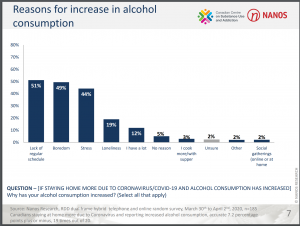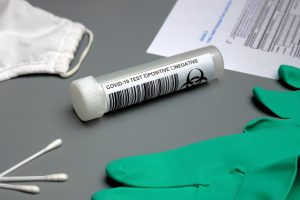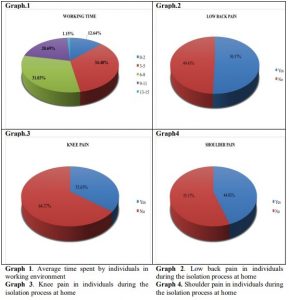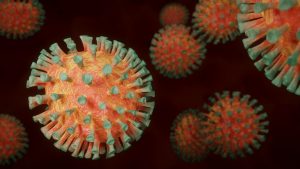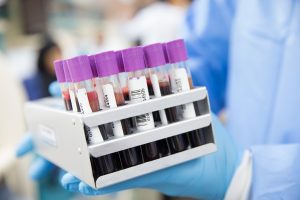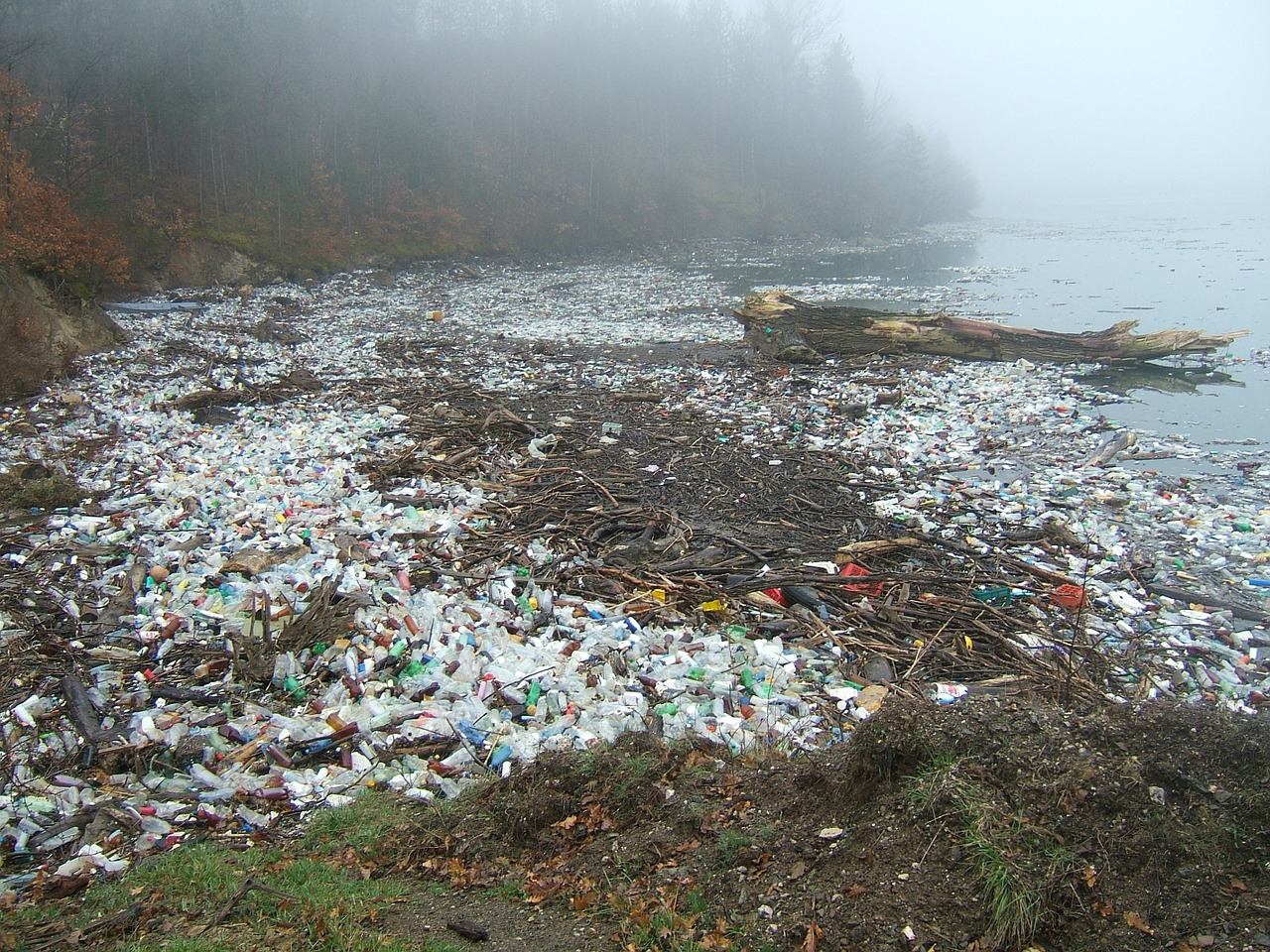More than 33 million people in the world have caught COVID-19 and almost a million have died. But about 23 million people have survived and recovered. Some people fight off the virus on their own just fine with mild symptoms while others get very sick and some of them die. Maybe those people who have survived COVID-19 can help the ones that are sick.
This magical procedure is called blood plasma transfusion or convalescent plasma transfusion. Recovered COVID-19 patients’ convalescent plasma produces neutralizing antibodies that can provide newly infected individuals with passive immunity and restrict their infection course; however, the effectiveness of convalescent plasma to treat COVID-19 and other viral infections remains are yet unknown.

Creator: Kalamurza Iryna | Credit: Fly_dragonfly – stock.adobe.com
How does blood plasma transfusion work?
You would take somebody who has survived coronavirus, and then you would use their body as a resource and take their blood. Then you would have to filter out the blood plasma from the red blood cells and the white blood cells and you would take that plasma and you would inject it in the patient who has coronavirus and maybe we can save that patient. You might be thinking of what blood plasma is. Blood contains off red blood cells, white blood cells, and blood plasma. Red and white blood cells are the living cells in the blood. Plasma is the part that doesn’t consist of any living cells, however, it contains the part of the blood that helps us fight viruses; the antibodies. When you are exposed to a new virus, your immune system creates proteins called antibodies. It’s like your body makes its drug to fight the virus.
Blood plasma transfusion is a century-old procedure that was first used in the 1890s in diphtheria patients. Even during that time, it was known that people who recover from infectious diseases created antibodies. The first Nobel prize in 1901 was given to Emil Adolf von Behring for this discovery; that you could transfer immunity by transferring serum. Then it was used in 1918 in the influenza epidemic and the 2014 Ebola outbreak.
One of the benefits of this treatment is its immediacy; you can find out quickly if it works or not. Once the transfusion is deployed, you will know if it’s working in 2-3 weeks. One of the challenges of this treatment is that antibodies work best early in the course of the disease. Often the patients have a viral count that is growing before the symptoms show, this is making it difficult to spot the right time for a transfusion.
FDA has given emergency approval to both start investigating blood plasma transfusions with clinical trials and scientific protocol and also they approved for personal use on Covid-19 patients. The video below gives a brief description of the treatment and how the trials are performed.
Johns Hopkins COVID-19 Blood Plasma Trials 
If you have recovered from Covid-19 and want to donate plasma, you can contact the Canadian Blood Services to donate your blood plasma: https://www.blood.ca/en/plasma/donating-plasma/covid-19-and-convalescent-plasma




